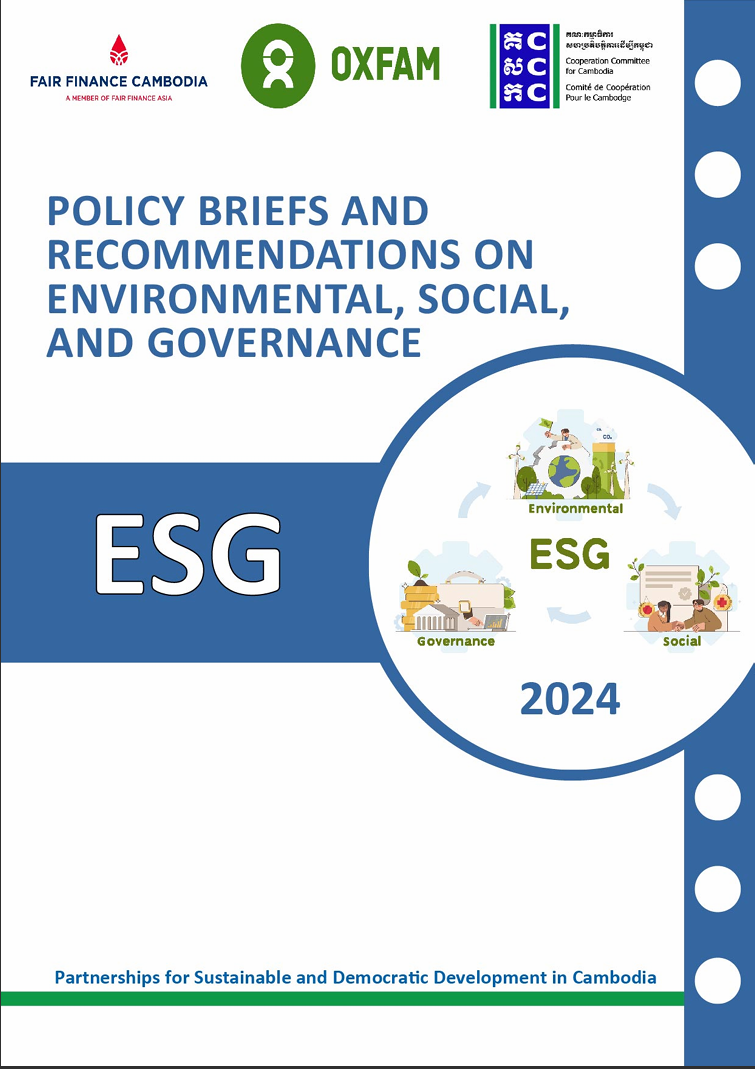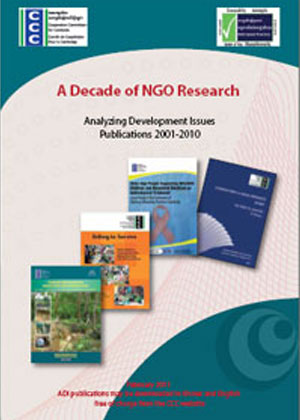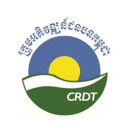Labor Migration to Thailand and the Thai-Cambodian Border: Recent Trends in Four Villages of Battambang Province, December 2003
Since the early 1990s labor migration of Cambodians to Thailand and the ThaiCambodian border has become a significant source of employment for households in the northwest provinces. In conducting various field research studies over the past four years the Analyzing Development Issues (ADI) project has become increasingly aware of the magnitude of this trend in the lives of ordinary villagers. In order to gain a better understanding of labor migration to Thailand and the Thai-Cambodian border, its various causes and consequences, the ADI project conducted a field study in four villages of Battambang province in October 2003 with 20 training participants. This report presents the findings of that study.
In 1997 the National Institute of Statistics estimated that migrant workers to Thailand comprised 12 per cent of the total labor force in Battambang, Banteay Meanchey, and Siem Reap provinces.1 In 1999 the Cambodia Development Resource Institute (CDRI) conducted a study of labor migration from 14 villages of Battambang province.2 This study noted that the reasons for the high levels of labor migration to Thailand included both the availability of relatively higher-paying jobs in Thailand as well as the lack of earning opportunities in Cambodia. The study likewise recorded a decrease in Cambodian labor migrants in 1998 due to the downturn in the Thai economy. The cutbacks at this time resulted in severe difficulties including the non-payment of wages, and the harassment and arrest of workers by the Thai police. Now four years later, despite numerous problems encountered by migrants abroad and their families at home, labor migration to Thailand persists and constitutes an important livelihood strategy for many households in northwest Cambodia.
The present ADI research seeks to assess more recent trends in labor migration to Thailand and the Thai-Cambodian border from four villages of Battambang province. This includes consequences, if any, from the January 2003 anti-Thai demonstrations in Phnom Penh. The study also intends to explore the local context that has given rise to migration, identify problems arising from migration for both the migrants and their households, and examine how the livelihoods of migrant households have been affected by migrant work.

































